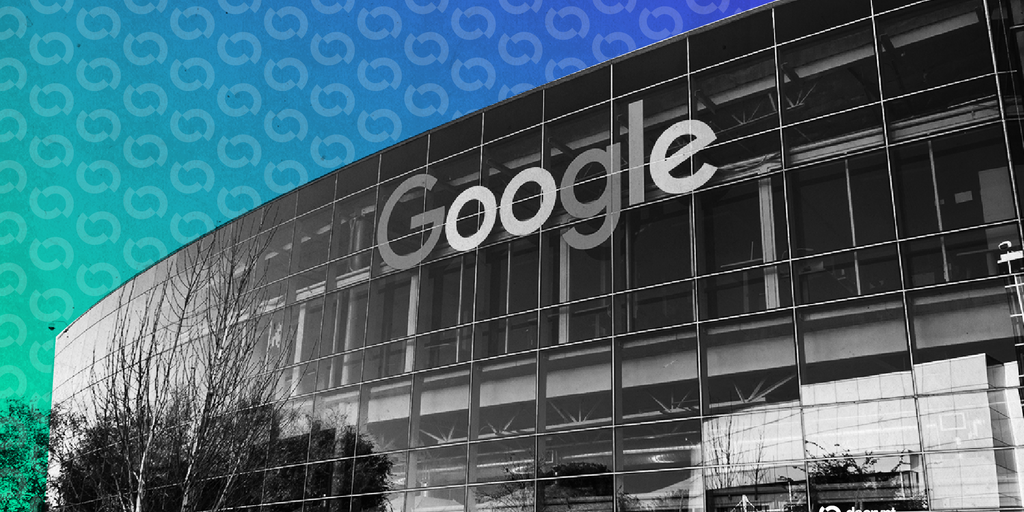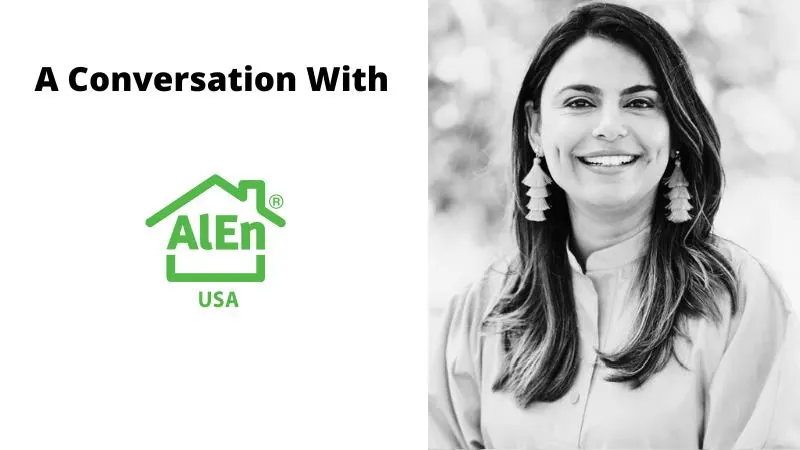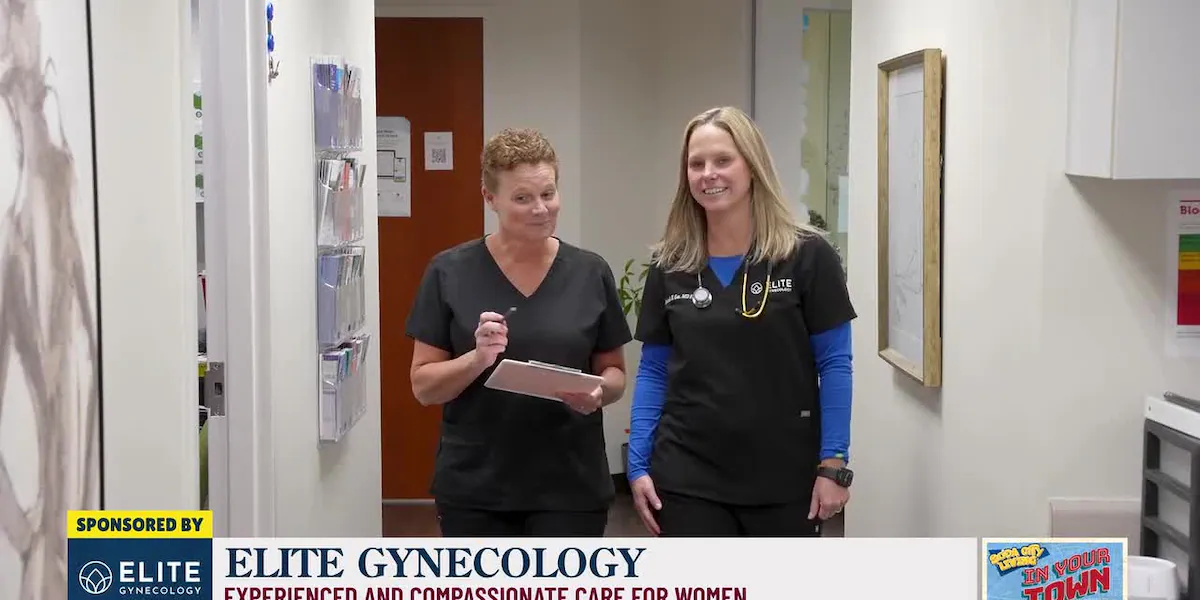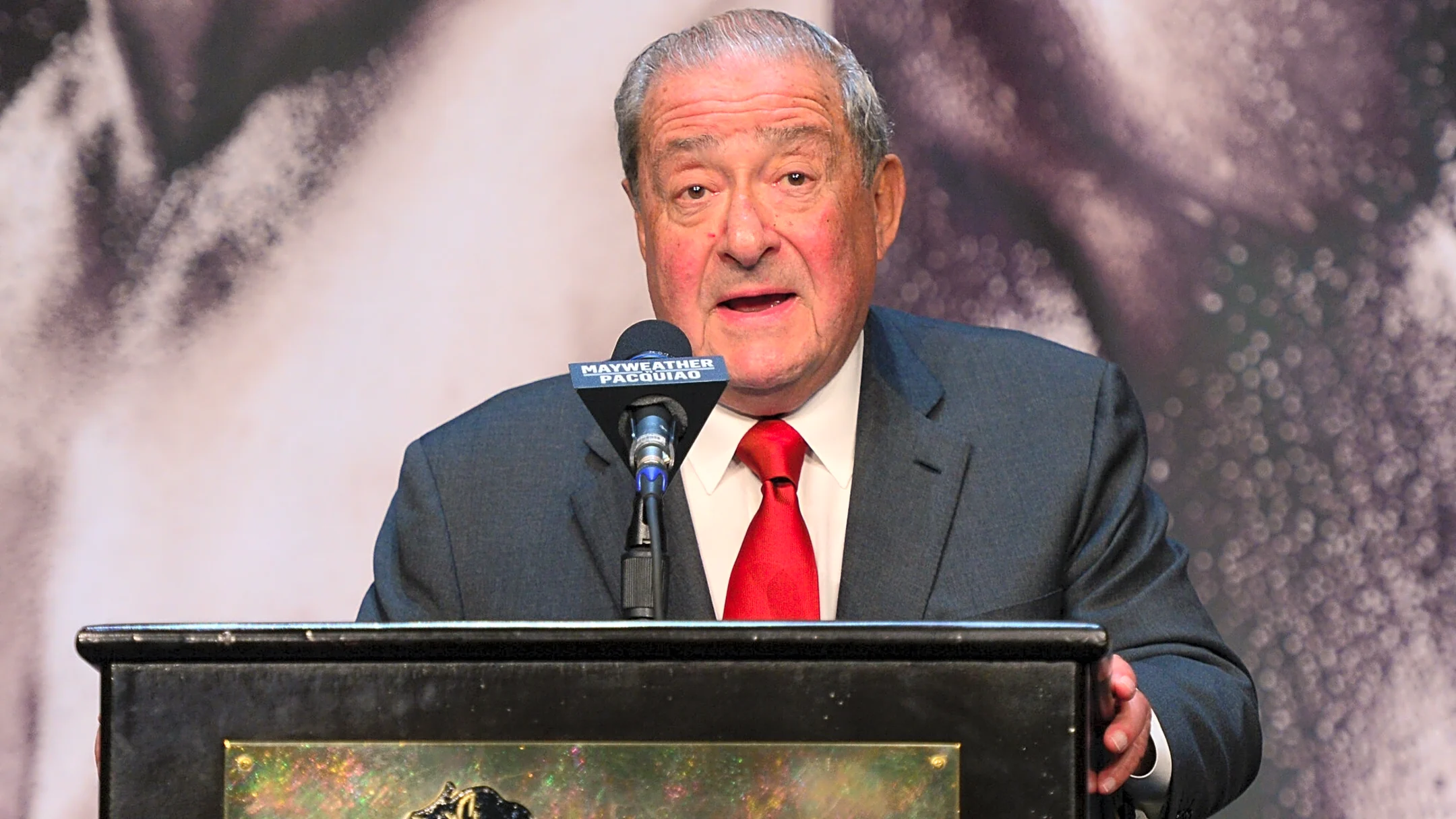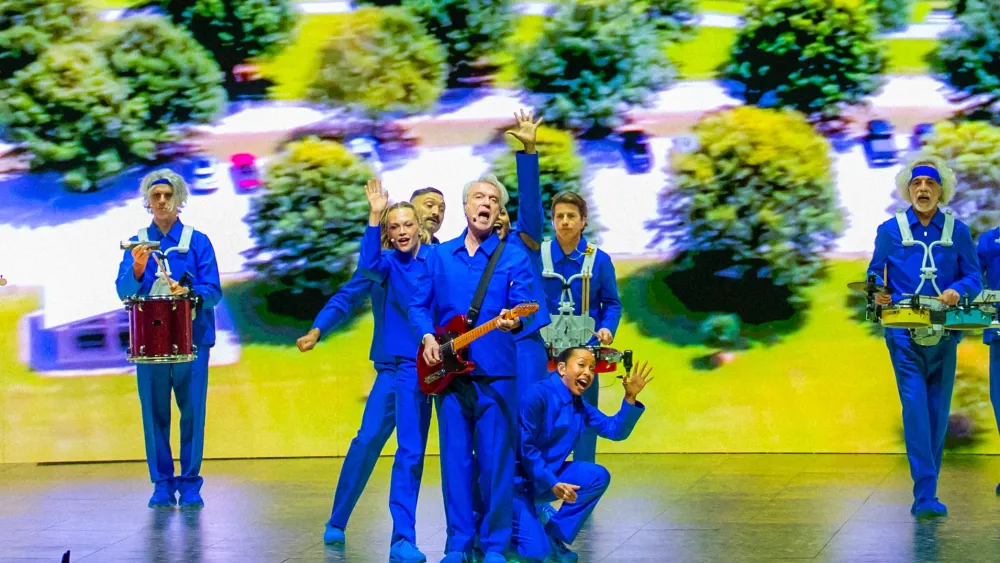
In his oddly understated way, David Byrne is one of the most electrifying musicians of the last 50 years.
Since he began experimenting with the idea of what a concert can be with Talking Heads’ “Stop Making Sense” tour in 1983, few artists have done such big things in such a low-key way, or innovated in ways that seem so obvious but are still more or less unprecedented — like nine musicians taking the stage one at a time, or bringing a mini living room onstage in “Stop Making Sense”; or having the entire band mobile and in constant motion with his career-spanning “American Utopia” show at the end of the last decade.
Indeed, “Utopia” is an extremely tough act to follow, and obviously at 73 Byrne is no longer the rubber-limbed performer that he was four decades ago. But the “Who Is the Sky?” tour, in support of his 11 th studio album of the same name — which began a four night stand at New York’s Radio City Music Hall on Tuesday night — finds him delivering a generous number of classics while revisiting and reinventing other corners of his catalog along with most of the new album, all delivered with yet another deeply imaginative stage presentation.
The concept of “Utopia” has continued — the bandmembers are mobile, constantly moving and again dressed all in light blue, but it’s otherwise a totally new production. There are now five dancer-singers, creating a mighty chorus and a more heavily choreographed presentation, and the back and sides of the stage are filled with a giant floor-to-ceiling curved video screen that changes dramatically with each song. For “Naïve Melody (This Must Be the Place)” it’s a bucolic forest; for “Houses in Motion” we’re moving down a nighttime city street with the taillights and streetlights increasingly blurring into impressionist images; for the new “Like Humans Do” it’s a bright white screen with Shel Silverstein-ish cartoon characters popping in and out; for “My Apartment Is My Friend,” we’re transported into his actual New York apartment (which is really nice).
Byrne and the musicians are moving continually through the show in intricate steps that are closer to marching than dancing (the dancers take care of that), with the man himself fading into the troupe when another member solos or is highlighted — and each of the 13 people onstage gets at least one moment in the spotlight. As he told Variety in an interview earlier this year, the mobility has “democratized” the band, and he revels in it without ever forgetting who people are actually there to see.
He applies the same philosophy to the setlist: He know the audience wants the classics, but he’s got a new album to promote and he also doesn’t want to get mired in an oldies show or repeat too many songs from “Utopia.” So for the first half of the concert, he alternates Talking Heads songs — sometimes delivered in their familiar arrangements, sometimes completely reinvented — with new or more-recent ones. The show opens calmy with a stunning acoustic arrangement of 1979’s “Heaven,” featuring just violin and another stringed instrument we couldn’t identify from our seat. Then the new “Everybody Laughs,” then Talking Heads’ 1985 hit “And She Was,” then “Strange Undertones” from his 2008 reunion album with Brian Eno, then 1980’s “Houses in Motion” in its slinking funk arrangement (with the dancers prowling menacingly across the stage).
So it goes until the middle of the show, when we get several songs from the new album, interspersed with deep cuts (“Slippery People,” his cover of Paramore’s “Hard Times”) and then the rousing finale as reward: a mind-melting take on “Psycho Killer” (which he did not play in “American Utopia”) that features the dancers in their most elaborate choreography of the night, followed by a driving “Life During Wartime” that is performed completely under sizzling blue lights until the end, when footage from the recent anti-ICE demonstrations is projected onto the screen as the dancers run around in panic (see what we mean about understatement?). It’s one of several low-key comments on the country’s political environment, the most blatant of which is a giant “MAKE AMERICA GAY AGAIN” statement in rainbow-colored lettering on the screen, accompanied by a mock Burger King logo that instead reads “No Kings.”
Finally, the main set closes with the usual show-stopper, “Once in a Lifetime,” which begins in an unfamiliar way — celestial synthesizer combined with an oddly syncopated bass — before shifting into the familiar arrangement. It’s performed with the screens illuminating the stage in a vibrant shade of orange — until the closing moments, when mind-melting effects worthy of a Nine Inch Nails show blast at the audience rapid-fire while the dancers freestyle. Combined with the song’s rousing finale, it makes for an explosive end to the main set.
Interestingly, the encore has two house-themed songs, the new “Everybody’s Coming to My House” as a kind breather before cranking the energy back up for the closing “Burning Down the House.”
Byrne is singing, playing and moving for nearly every moment of the two-hour-plus set, a feat of endurance and agility that would challenge performers 20 years younger. The tour is moving across North America for the next two months and then heads to Australia/New Zealand and Europe in the new year — even casual fans will not want to miss it.
